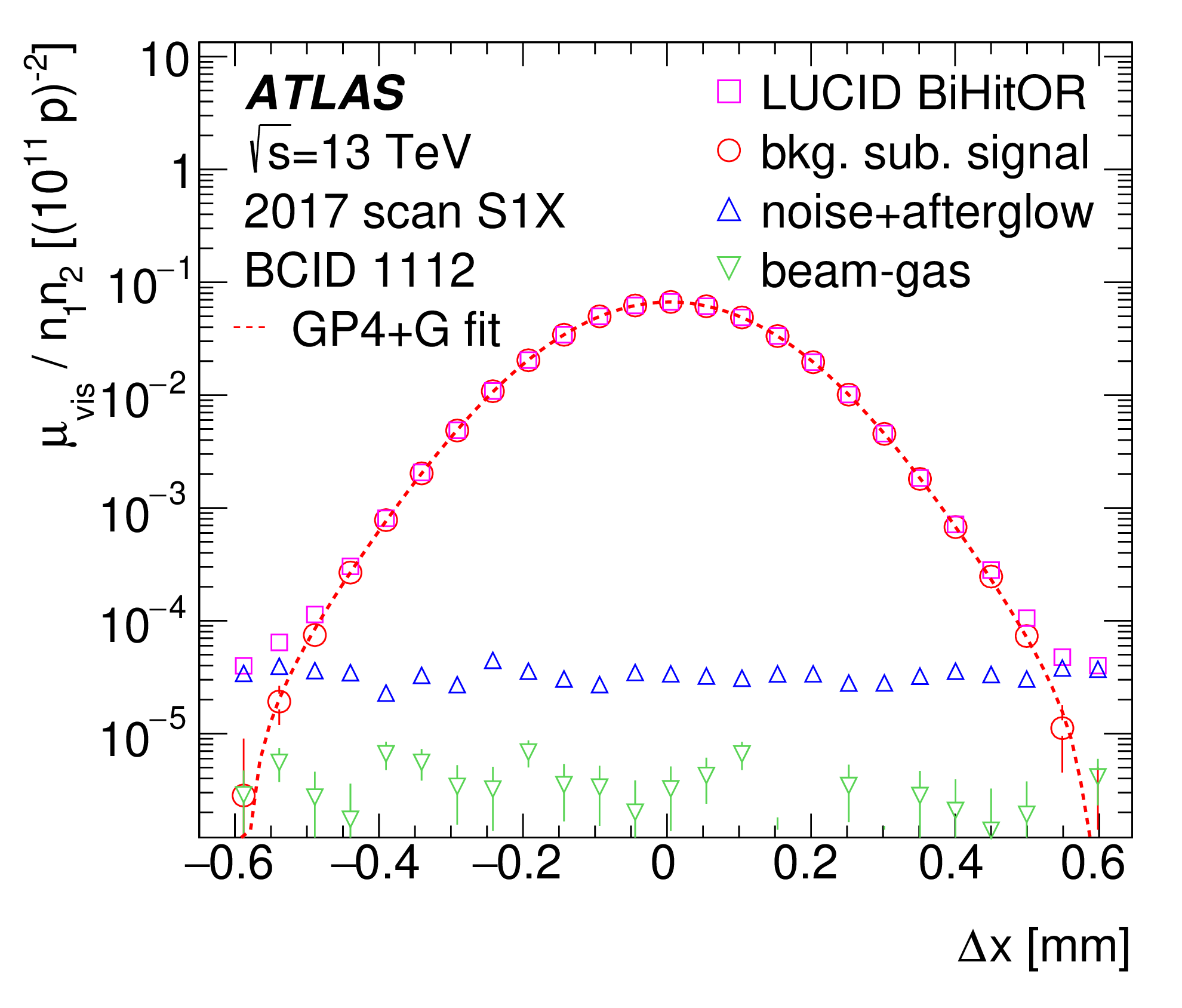Coordination for collisions
14 May 2015 | By
There is the Large Hadron Collider and then there are its experiments. When the collider is ready to circulate proton beams, the experiments have to be ready to receive them. The beam pipe of the LHC runs through the heart of each major detector. If a detector is not prepared, it could result in severe damage and loss of expensive instruments. Here is where various communication methods come in to play making coordination possible between the collider and its experiments.

Coordination is important not just with the LHC but also within the experiments. ATLAS is the largest volume particle physics detector in the world -- a complex instrument -- and running it in smooth synchronization is no small feat. In ATLAS, everything that could possibly be related to monitoring the detector is automated. The detector lies 100m underground and when it is running, no one is allowed to enter the cavern. A central point - the Detector Control System (DCS) is set up to coordinate and monitor the subdetectors from the ATLAS Control Room, which is on the surface above ground.
The DCS is a network of computers and information channels. It allows the detector to be supervised through operator commands and reads, processes and archives the detector's operational parameters. It also sends alerts when errors are recognised, manages communication with external control systems such as the LHC and other experiments, and provides a mechanism to synchronize with the data acquisition system.
When coordinating with the LHC, a "handshake" must take place between the computers in the ATLAS Control Room in Geneva and the LHC Control Room across the border in France. Usually, it is the LHC that asks ATLAS one of these three questions:
Condition: No beam. We'd like to start injecting, are you ready?
Condition: Beam is colliding stably. We need to adjust beam parameters. Could you return to a safe state?
Condition: Beam. We are readying to dump the beam.
The DCS is a network of computers and information channels. It allows the detector to be supervised through operator commands and reads, processes and archives the detector's operational parameters.
"The answers are always short and clear: 'No, we have a problem' or 'Yes, go', " says Stefan Schlenker, coordinator of the ATLAS DCS.

All of the four experiments communicate with the LHC in the same way. They share the same dashboard that allows each to see what the other experiments have communicated and also to check the LHC's status.
How the answers are put into action differ. In ATLAS, when the LHC extends for a handshake with the questions ' We'd like to start injecting, are you ready?', the DCS puts the detector in a safe state. Once this is done, the Operator picks up a special key and turns it in a lock to signal confirmation. The key-in-lock is a token gesture without which the LHC cannot inject beams because of hardware protection that is in place. When the key is turned, it signifies that ATLAS is now ready for beams.
There are several audio sounds used for specific purposes. Whenever the LHC sends a message to ATLAS, an alarm noise goes off to alert physicists taking shifts in the control room. When a beam is dumped, the sound of a toilet flush echoes and the operators can relax for a moment before the accelerator prepares for the next round.
by Abha Eli Phoboo


